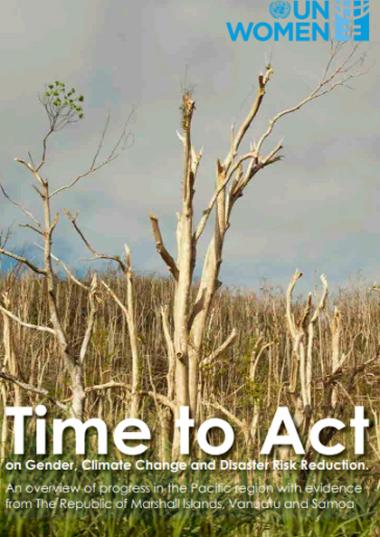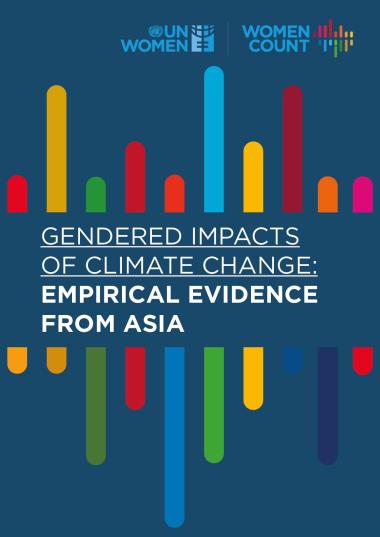
Gender data
Sex, age, and disability disaggregated data (SADDD) measure social and economic differences between women and men. These data are important because they help assess if an initiative is successful at targeting and benefiting women, men, girls, and boys and unpack the differentiated impacts of disasters. Collecting SADDD is a pre-requisite for gender analysis.
The most successful disaster risk reduction initiatives are informed by sex- and age-disaggregated data, which can be sourced from secondary data (e.g. a population census), through socio-economic data analysis, or by data collection in the implementation stages of disaster risk reduction initiatives, after disasters or during regular monitoring and evaluation of community programmes.
SADDD are important for measuring direct and indirect disaster impacts and losses, but also for calculating gendered risk. For example, if there is no systematic collection of SADDD on damages, losses and human impact after disasters, important differences in losses between women and men (including losses and human impact in the informal sector and subsistence farming, predominated by women) can be hidden.
Yet quantitative disaggregated data are still not reported in many countries, even on disaster deaths, injuries, and direct loss and damage under the Sendai Framework Monitor. Similarly, few national policy documents include commitments to use SADDD: to identify who is the most impacted, to inform policy development and implementation, or to monitor progress towards inclusive resilience. This gap is linked to both national and local government capacity in data collection and national priorities for data collection.
Data collection, however, needs to move beyond SADDD and consider gender evidence. Gender data therefore comprises:
i) data collected and disaggregated by sex;
ii) qualitative data on gender issues (e.g. gender roles, relationships, causes of inequalities, women’s participation and leadership); and
iii) data to adequately reflect diversity within subgroups and capture all aspects of their lives.
Gender evidence takes into account existing stereotypes, and social, and cultural factors that cause gender bias. It serves as the basis of gender analysis in disaster risk reduction.
The collection of qualitative socio-economic gender data and subsequent gender analysis is therefore fundamental to understanding the root causes of vulnerability (including gender inequality, socio-economic disparity, access and control over resources) in order to support inclusive and equitable processes and outcomes. It is also important for measuring progress in building the resilience of women, men, girls, and boys to disasters; for creating an information base for assessing gender inequalities in DRR policies and plans; and for understanding the extent and nature of gender empowerment or exclusion in disaster risk reduction and resilience. This approach ties in with the broader Women Count initiative of UN women on gender data relating to the Sustainable Development Goals.











